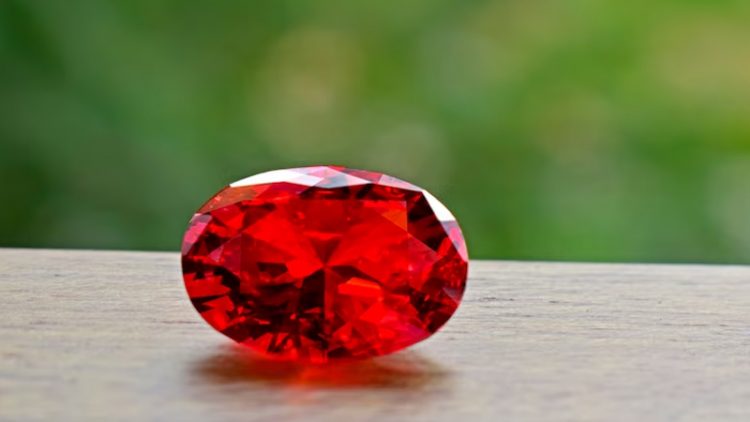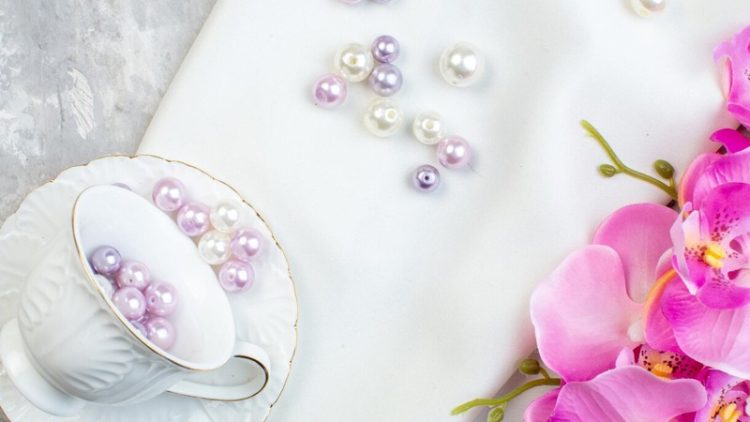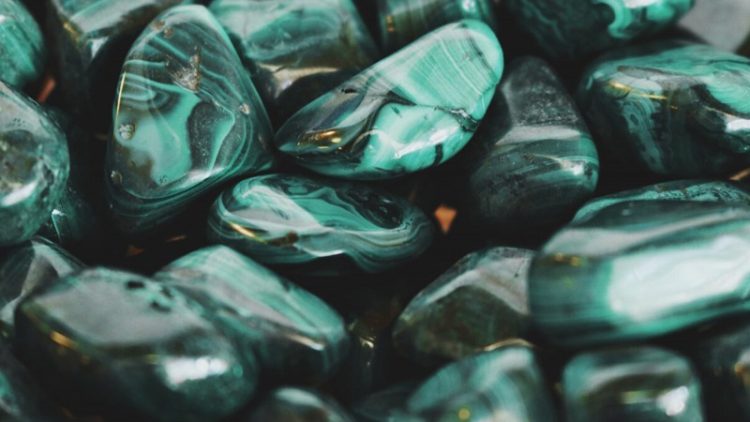Red Beryl – Embracing the rare and fiery brilliance of red beryl, a gem as precious as your passion
Red beryl, also known as bixbite or red emerald, is a rare and highly prized gemstone renowned for its stunning red color. Here’s an explanation of red beryl:
1. Formation: Red beryl is a beryllium aluminum cyclosilicate mineral. It is formed in pegmatite rocks, which are igneous rocks with exceptionally large crystals. The specific conditions required for red beryl’s formation are rare, making it one of the rarest gemstones in the world.
2. Color: Red beryl is treasured for its vibrant, pure red to slightly purplish-red color. This intense red hue is due to the presence of trace amounts of manganese in the crystal structure. The color can be likened to the rich red of a ruby but has its unique fiery brilliance.
3. Rarity: Red beryl is considered one of the rarest gemstones on Earth, even rarer than diamonds. Its limited occurrence and small crystal sizes contribute to its exceptional rarity. High-quality red beryl crystals are small, and larger ones are exceedingly rare.
4. Sources: The primary sources of red beryl include the Wah Wah Mountains in Utah, the Thomas Range in Utah, and the Black Range in New Mexico, USA. These locations have been the primary sites for mining red beryl, and production is limited.
5. Durability: Red beryl has a relatively low hardness, with a rating of 7.5 to 8 on the Mohs scale, making it susceptible to scratching and chipping. As with all gemstones, care should be taken when wearing red beryl jewelry.
6. Value: Red beryl’s value is determined by factors such as color, size, clarity, and cut. Stones with a pure red color and minimal inclusions are highly prized and can command exceptionally high prices.
7. Jewelry: Red beryl is often used in jewelry, including rings, earrings, pendants, and necklaces. However, due to its rarity, it is mainly used in high-end and collector’s pieces.
8. Birthstone: Red beryl is not a traditional birthstone for any month, but its striking color makes it a desirable and unique gemstone for jewelry.
Red beryl’s stunning and rare red color, combined with its limited supply, has made it a coveted gemstone among collectors and gem enthusiasts. It is known for its fiery brilliance and captivating beauty, and it is highly valued for its uniqueness and scarcity in the world of gemstones.










